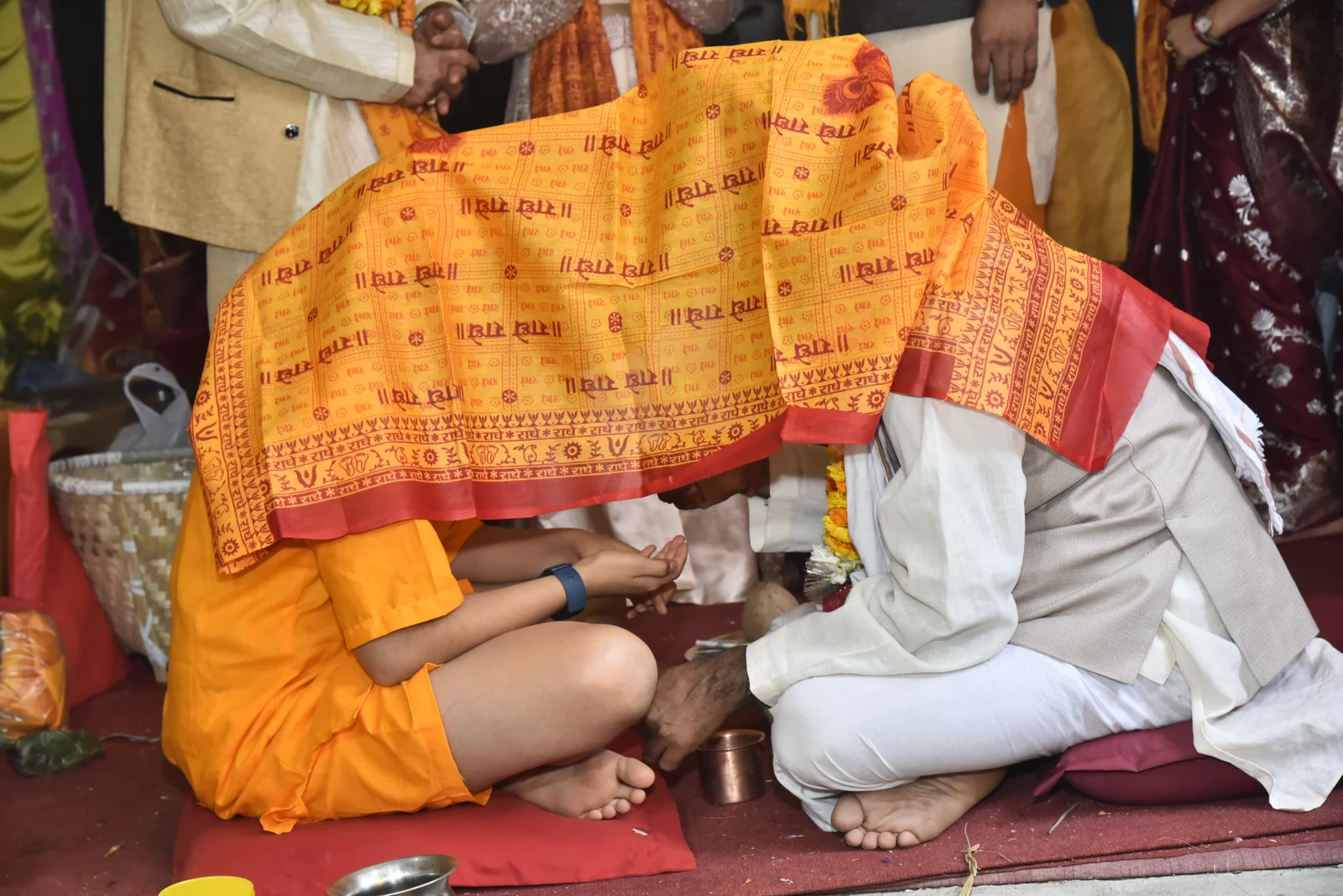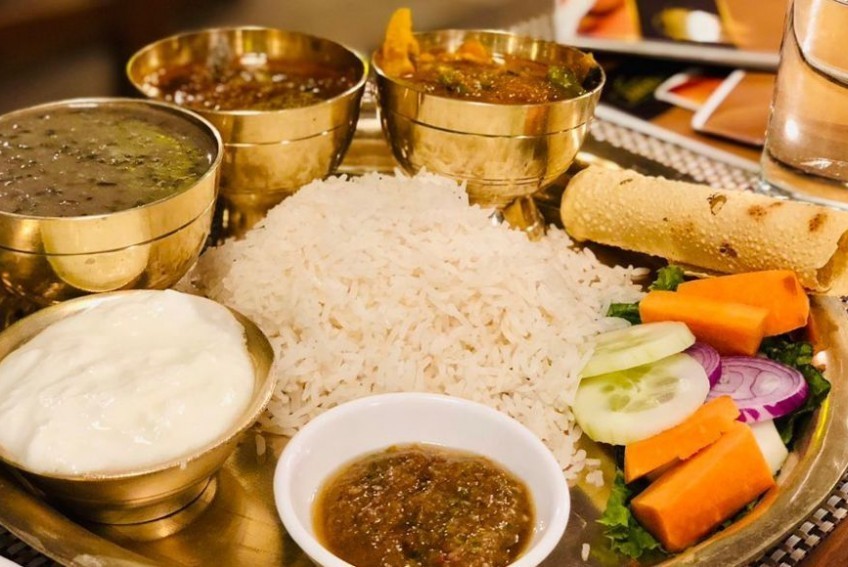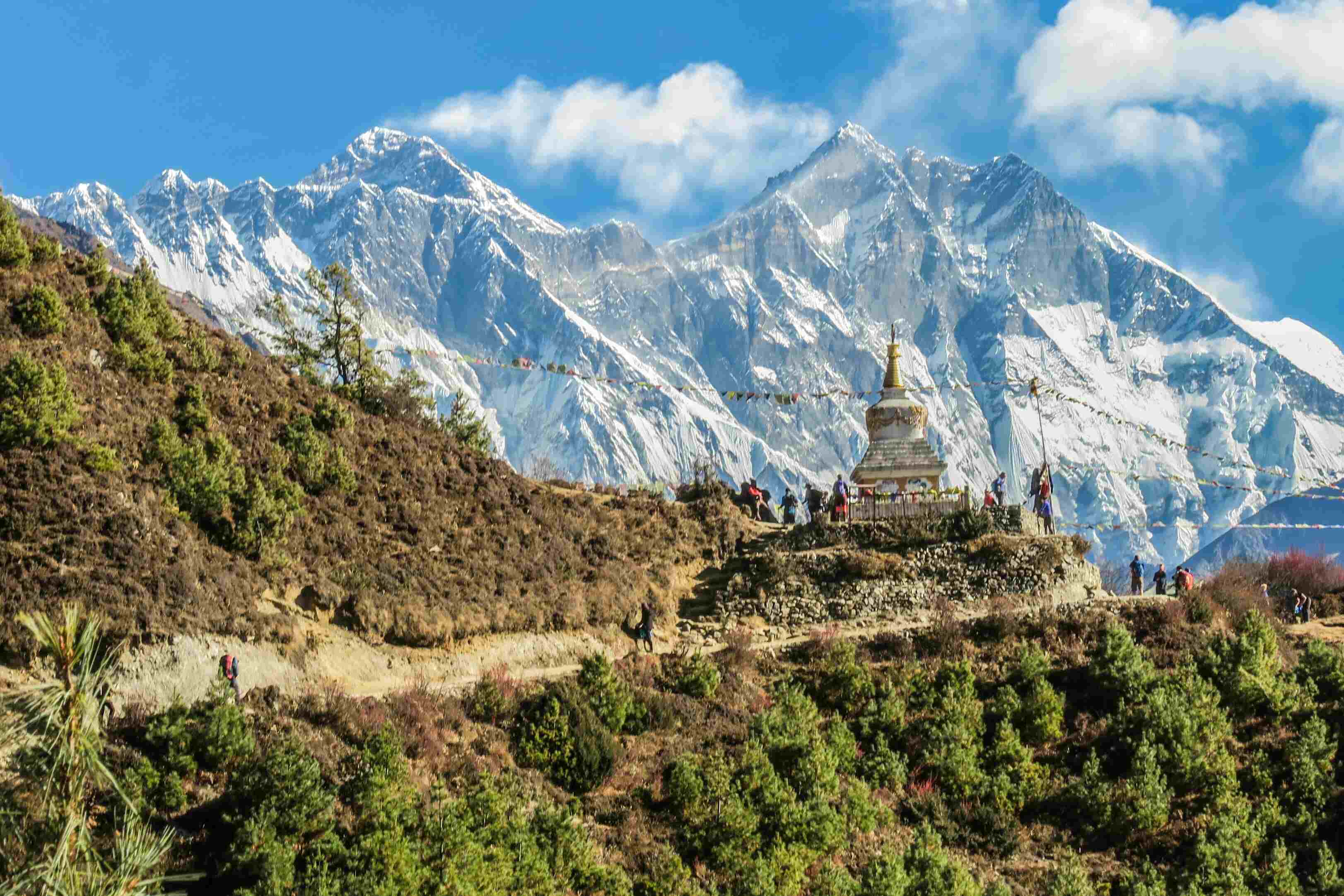Share this Article
Introduction: The Culinary Heart of the Terai
The Terai region, stretching across the southern plains of Nepal, is a landscape of fertile fields, rivers, and vibrant communities. This region is home to some of Nepal’s most dynamic food cultures, where agriculture, history, and community life converge to shape unique culinary traditions. Among these, the Bhojpuri and Maithili cuisines stand out for their richness, diversity, and cultural significance. Unlike the cuisines of the hills and mountains, which often evolved around preservation techniques and scarcity, Terai food emphasizes fresh ingredients, aromatic spices, and bold flavors, reflecting the fertility of the land and the abundance of local produce.
Bhojpuri and Maithili food is more than sustenance; it is a reflection of social norms, rituals, and hospitality. Meals are central to family life, religious festivals, and communal gatherings. The act of preparing, serving, and sharing food carries deep cultural meaning, symbolizing respect, generosity, and unity. Through their daily meals and festival feasts, Terai communities maintain a living connection to their heritage, passing knowledge and techniques from one generation to the next.
Bhojpuri Cuisine: Hearty and Flavorful
Bhojpuri cuisine has its roots in the Bhojpuri-speaking communities that span southern Nepal and northern India. It is known for its simplicity, heartiness, and robust flavors, designed to satisfy the nutritional and caloric needs of farming families. At the core of Bhojpuri cooking is the traditional combination of dal, rice, and vegetable curries, which provides a balanced diet while being easy to prepare in households with limited resources.
The staple ingredients of Bhojpuri kitchens include a variety of lentils, such as moong, masoor, and chana, combined with rice and wheat. Seasonal vegetables such as pumpkin, eggplant, gourds, spinach, and mustard greens are central to daily meals. Mustard oil, known for its pungency and aroma, is commonly used in cooking, enhancing the flavors of vegetables and lentils. Spices such as turmeric, chili, cumin, garlic, and ginger form the backbone of Bhojpuri flavor, carefully balanced to create warmth and depth in every dish. Dal is often cooked slowly and then tempered with fried spices to enhance its aroma, while vegetable curries are lightly spiced to allow the freshness of produce to shine through. Pickles made from mango, lemon, or local herbs provide tangy contrasts, creating layers of taste that complement the main dishes.
Bhojpuri cuisine is characterized by its practicality, designed to be filling, nutritious, and satisfying. Popular dishes have evolved over centuries, often reflecting the seasonal availability of ingredients and the demands of farm work. The preparation and sharing of meals are deeply embedded in social life, emphasizing hospitality and care for family and guests. Even in urban restaurants, Bhojpuri food maintains these qualities, adapting to modern tastes without losing its authenticity.
Maithili Cuisine: Elegance and Ritual
In contrast to Bhojpuri cuisine, Maithili food emphasizes ceremonial richness, delicate flavor combinations, and ritualistic significance. Originating from the Maithil community in eastern Terai, this cuisine has historically been associated with festivals, weddings, and religious ceremonies, reflecting a careful attention to taste, presentation, and tradition.
Maithili kitchens focus on rice, lentils, vegetables, and fish, often enriched with ghee to provide depth and aroma. Herbs such as coriander, mint, and locally sourced aromatic leaves are frequently added to enhance the flavor. Preparation techniques can be elaborate, especially for festival dishes, involving multiple stages such as soaking, fermenting, and slow cooking. Sweet dishes such as kheer or halwa often accompany religious rituals, symbolizing prosperity and devotion.
Festival dishes play a significant role in Maithili cuisine. During Chhath Puja, for example, families prepare elaborate offerings of rice, lentils, fruits, and sweets for the sun god, following age-old procedures that have been passed down through generations. Weddings and other communal celebrations feature multi-course meals that are meticulously planned, with each dish having a specific cultural or symbolic purpose. Maithili cuisine thus reflects the philosophy of balance, where flavor, nutrition, and cultural meaning coexist harmoniously.
Staple Ingredients and Regional Specialties
The culinary practices of the Terai are deeply connected to the region’s fertile soils and abundant agriculture. Rice serves as the foundation of most meals, complemented by a variety of lentils that provide essential proteins. Vegetables such as spinach, mustard greens, pumpkin, eggplant, and gourds are prepared in multiple ways, from simple stir-fries to elaborate curries. Spices including turmeric, cumin, chili, garlic, and mustard seeds are commonly used to create distinctive flavors.
Both Bhojpuri and Maithili cuisines have developed regional specialties that highlight local tastes and customs. Bhojpuri litti-chokha is a dish that combines roasted wheat flour balls stuffed with spiced lentils, served with mashed vegetables, while Maithili fish curry is prepared with fresh fish marinated in aromatic spices and cooked in ghee. Each specialty demonstrates a deep understanding of seasonal ingredients, culinary techniques, and cultural preferences, offering a sensory experience that is both traditional and unique.
Festivals and Food Traditions
Festivals are a cornerstone of food culture in the Terai, with meals serving as expressions of devotion, celebration, and social unity. During Chhath Puja, families prepare elaborate spreads that include rice, lentils, fruits, and sweets to honor the sun god. Weddings are marked by grand feasts featuring multiple courses, showcasing both Bhojpuri and Maithili culinary influences. Street foods such as samosas, puri-sabzi, chaat, and tarua become popular during these festive occasions, blending communal enjoyment with the rich traditions of Terai cuisine.
Food preparation during festivals is often a collective effort, with family members working together to ensure that every dish is prepared correctly. These practices reinforce social bonds, preserve culinary knowledge, and maintain cultural continuity. The significance of food extends beyond taste and nutrition, encompassing respect for tradition, reverence for nature, and the celebration of community life.
Urban Adaptation and Modern Influence
With increasing urbanization, Bhojpuri and Maithili cuisines have adapted to new environments while maintaining their core identity. Restaurants in Biratnagar, Janakpur, and Kathmandu now offer traditional thalis that cater to modern diners seeking convenience, hygiene, and accessibility. Fusion adaptations have emerged, such as litti burgers, Maithili-style kebabs, and tarua wraps, appealing to younger generations and tourists alike.
Digital platforms and social media have played a significant role in popularizing Terai food beyond regional boundaries. Food bloggers, travel enthusiasts, and culinary documentaries highlight the flavors, techniques, and cultural stories behind each dish, encouraging both preservation and innovation. This modern influence allows Terai cuisine to remain relevant while maintaining its authenticity, bridging rural traditions with urban sensibilities.
Health and Nutrition
The nutritional richness of Bhojpuri and Maithili cuisines is a testament to centuries of practical wisdom. Lentils provide plant-based protein, rice and wheat supply energy, and seasonal vegetables offer essential vitamins and minerals. Pickled and fermented foods contribute probiotics, supporting digestion and overall gut health. Even during festive occasions, when sweets and fried foods are abundant, consumption is typically balanced, reflecting a natural understanding of dietary moderation. Minimal use of oil in everyday cooking, combined with reliance on fresh, locally sourced ingredients, ensures that Terai cuisine is both nourishing and wholesome.
Recipes and Cooking Techniques
The preparation of traditional dishes in the Terai combines simplicity with skill. Litti-chokha involves roasting wheat flour balls stuffed with spiced lentils and serving them with mashed vegetables, often enhanced with mustard oil and ghee. Maithili fish curry requires careful marination of fresh fish in spices, followed by slow cooking in ghee and aromatic herbs to achieve a delicate balance of flavor. Tarua, or vegetable fritters, involves thinly slicing vegetables, coating them in a spiced batter, and frying them to golden perfection. These recipes exemplify the Terai’s culinary philosophy, where fresh ingredients, bold yet balanced flavors, and practical techniques coexist seamlessly.
Family anecdotes often highlight how these recipes are passed down through generations, with mothers and grandmothers teaching younger members the precise timing, spice combinations, and presentation methods necessary to preserve authenticity. Cooking is thus not only an act of nourishment but also a medium for cultural transmission, reinforcing family bonds and regional identity.
Cultural Identity and Heritage
For the Bhojpuri and Maithili communities, food is a central aspect of cultural identity. Despite migration to cities or abroad, families maintain traditional recipes and festival preparations, ensuring that the flavors of their homeland are preserved. Cuisine serves as a living link to history, connecting communities to their ancestral lands and reinforcing social values such as hospitality, respect, and communal harmony. In urban settings, Terai cuisine continues to foster cultural pride, offering both locals and visitors a tangible connection to the region’s heritage.
Sustainability and Local Practices
Terai culinary traditions have long incorporated sustainable practices. Seasonal and locally sourced vegetables, grains, and pulses minimize environmental impact, while preservation techniques such as fermentation, drying, and pickling ensure food security throughout the year. Modern restaurants and home kitchens continue these practices, sourcing locally and reducing waste. This emphasis on sustainability reflects a holistic understanding of food, culture, and ecology, demonstrating the community’s long-standing commitment to harmonious living with the land.
Conclusion: Preserving the Flavors of the Terai
Bhojpuri and Maithili cuisines are treasures of Nepal’s Terai region, offering a rich tapestry of flavor, nutrition, and cultural meaning. From everyday meals to elaborate festival feasts, these culinary traditions illustrate the deep connection between land, community, and heritage. Urbanization, globalization, and digital media present both challenges and opportunities, highlighting the importance of documenting, preserving, and celebrating these food practices.
Through careful preparation, storytelling, and adaptation, the flavors of the Terai continue to delight locals and visitors alike. The robust litti-chokha of Bhojpuri kitchens, the ceremonial fish curries of Maithili feasts, and the aromatic vegetable fritters served during festivals all reflect a vibrant and enduring culinary legacy. Terai food remains not only nourishing and flavorful but also a symbol of cultural continuity, community identity, and the rich heritage of Nepal’s southern plains.
Categories:
Food & Drink
Tags:
TeraiCuisine
,
BhojpuriFood
,
NepaliFlavors
,
AuthenticNepal







